As of July 2020, Pinterest has reached a milestone of drawing in 400 million monthly users.1 An audience that large and active is nothing to sneeze at. Pinterest is nothing new or novel, but, frankly, it’s under-valued and under-utilized as an integral and obvious part of a well-rounded digital marketing mix.
Facebook strongly leads social referrals to brand sites, as expected. But what is less expected is that as of Q1 2020, Twitter and Pinterest took 2nd and 3rd place, respectively. Facebook, Instagram, and Twitter are typically in the general expectation of where sessions come from, but Pinterest is a dark horse leading Instagram by more than 4%2.
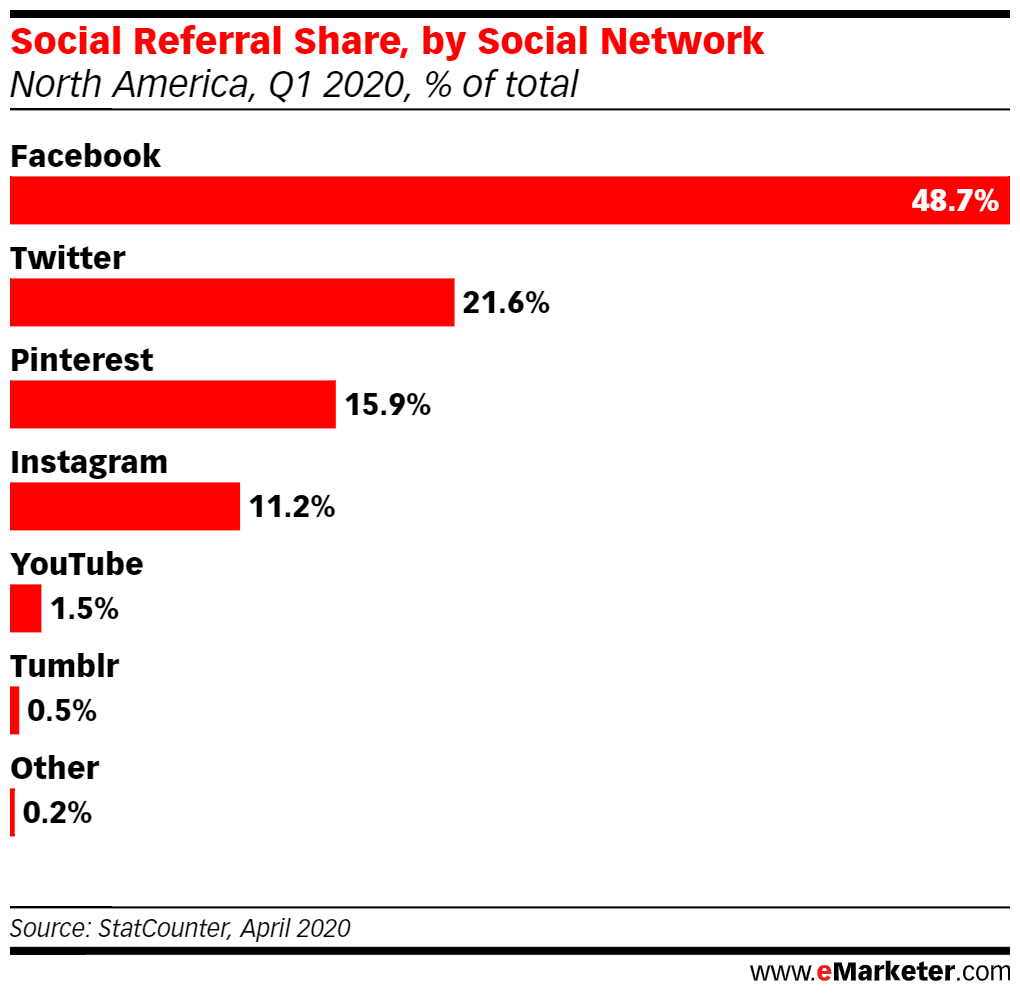
So how do we leverage that buying power when the platform still feels unknown and unfamiliar to digital marketers?
Why Should Pinterest Be Part of Your Digital Marketing Strategy?
We start by identifying what makes Pinterest unique: Pinterest is a visual discovery engine. Exploring Pinterest is typically associated with being further along in the acquisition process than exploring other social networks. Additionally, it also has effective ROI.
- 89% of people on Pinterest use it for purchase inspiration3
- 77% have used the platform to discover a new brand or product4
- 83% of weekly Pinners have made a purchase based on branded Pins4
Enough said.
Pinterest can be an excellent marketing channel to add into your mix, especially if you have a digital omni-channel strategy incorporating organic tactics (social, SEO) and paid tactics (PPC, paid social). Pinterest calls upon basic principles from the major digital disciplines. The success of content isn’t limited to social engagements and popularity, but also quality and authority.
Now, how do you easily and seamlessly integrate this into your marketing plan? Simple!
How to Integrate Pinterest Into Your Strategy
Leveraging Existing Assets
We maximize content production by looking at it with a holistic approach: how can you get the max out of each asset you create? You start with your most robust piece of content—typically a blog or landing page—and allow that piece to guide your campaign and content without doing double or triple the work. Following this strategy, every blog post can become 8-10 Pins, 2-5 Tweets, 1-3 Facebook Posts, and 8-10 Instagram Posts and/or stories. This break-down is shown below:
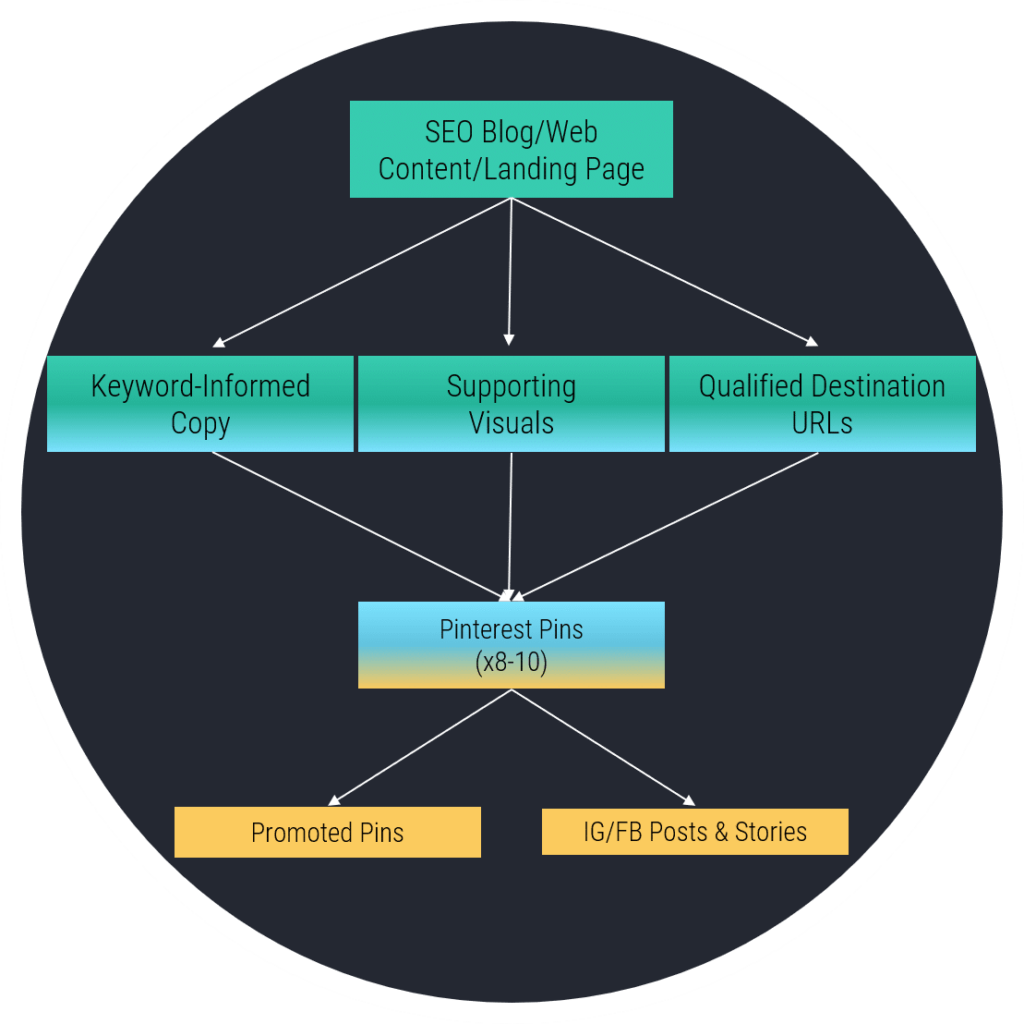
Blogs and landing pages, if done thoroughly and correctly, are filled with valuable information. When you combine high-performing, keyword-informed copy, clear and striking visual communications, and pristine technical features, you end up with a qualified and optimized URL. With such well optimized assets, you are set up for top-notch search and performance.
Creating Compelling Visuals
Since Pinterest is a visual discovery engine, we can call upon those technical factors to build up what is going to be the cover of your book on Pinterest, or your image. Sourcing images from the blog or landing page is a great place to start, but you can take it even further by compiling additional images or graphics that communicate or inspire the consumer to be excited about the topic of your link.
The Power of Copy on a Pin
The final piece of pulling the Pin together is writing compelling copy that is clear in its aim of creating the connection between the image and the page. Articulating for the consumer what further information you are going to provide if they are to click through to your link. It is important to note that this copy functions far beyond a compelling caption—it becomes how your Pin is searched and surfaced to Pinners. The copy on the Pin itself, as well as the description of the original board it is saved to, function as the metadata for the Pin. This makes it imperative to collaborate with SEO teams to develop search-optimized options that still compel a slick to Pinterest browsers.
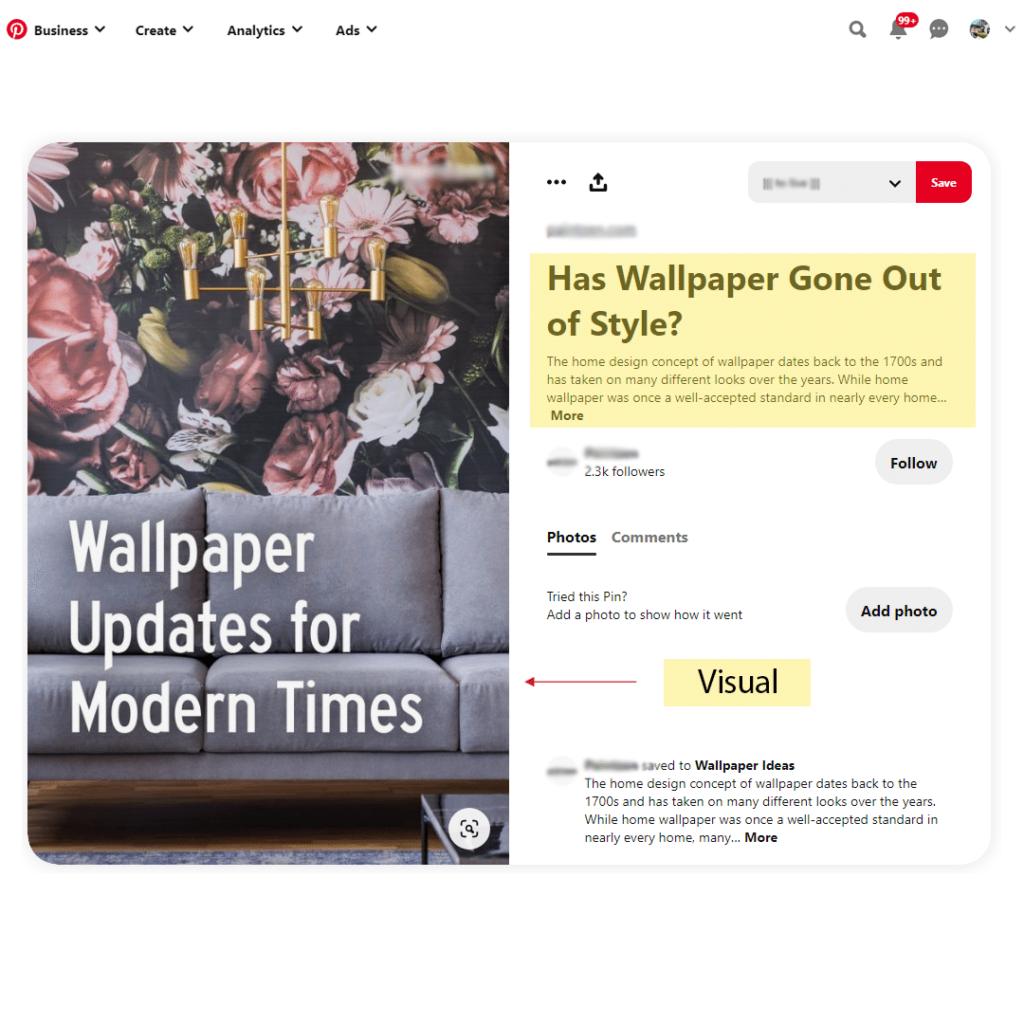
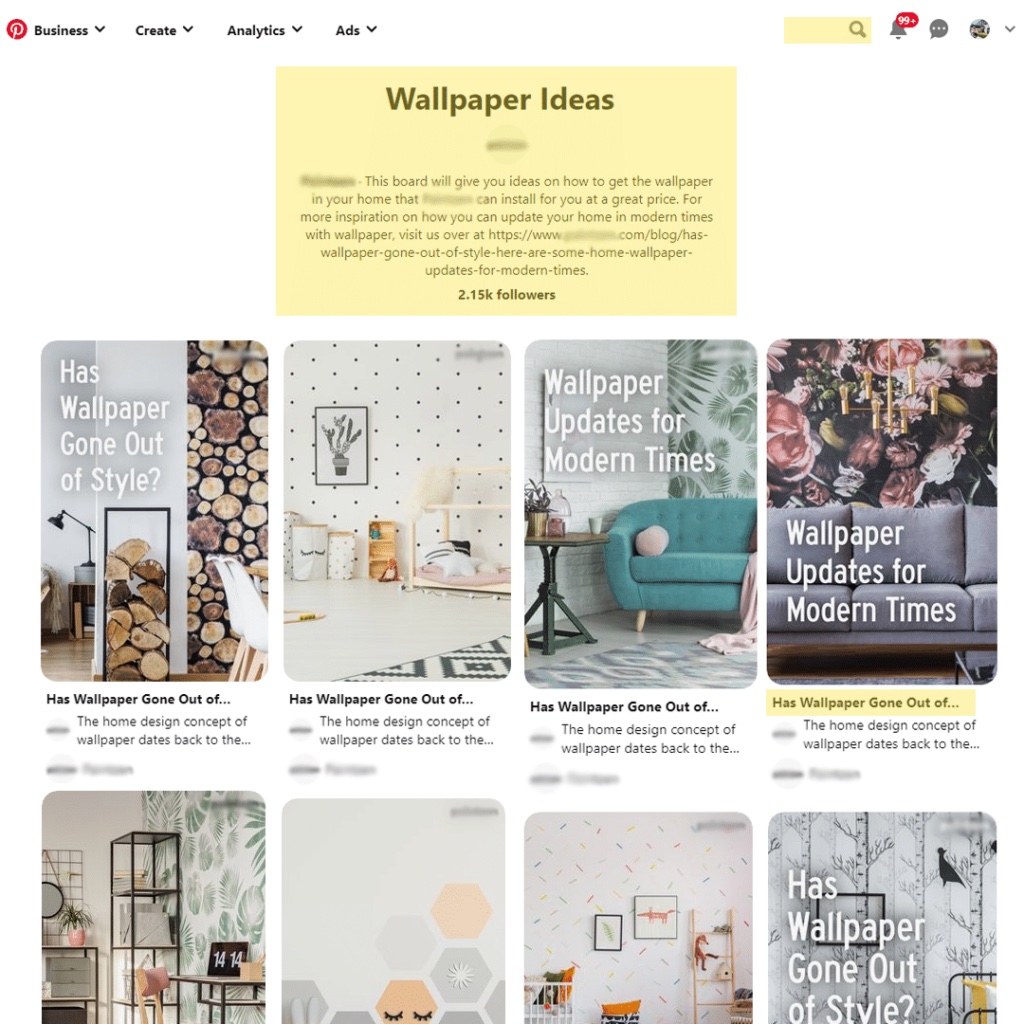
What to Expect with a Pin’s “Shelf-life”
Once that Pin is finalized, it can be published and shared with your audience. Pinterest is still a true social network, however. The initial engagements the Pin receives from followers does affect how often it appears in additional searches. However, unlike other platforms, it takes the Pin around 3.5 months to garner approximately 50% of the total of its lifetime engagements5. Pinterest plays the very relevant, but very long game.
But your content creation doesn’t have to stop there! Pins can be amplified through promoted Pins to garner additional reach and impressions. You can also refine and syndicate that content even further to additional platforms such as Facebook or Instagram by translating those Pins into Stories.
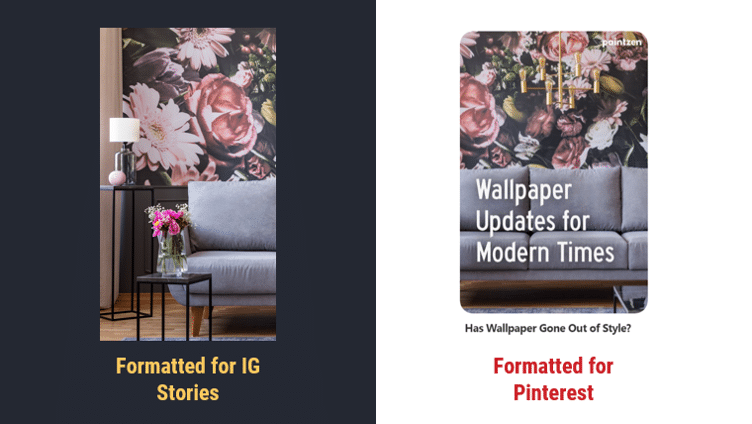
Considering Pinterest for Your Digital Strategy
While Pinterest is not going to be the right platform for every brand, it is a worthwhile consideration for more brands that are currently utilizing it as part of their marketing mix. If you have a profile and do not use it or think that it can be a collection ground for content and is not guided by over-arching strategy, please consider this article. In summary, Pinterest is a powerful tool and can take a more robust approach for the savvy consumer providing not only a compelling image to draw you in, but information and content to win your business.
If you’re interested in incorporating Pinterest in your social strategy, you can always reach out to our social strategy experts.
Sources:
- Social Referral Share, by Social Network, North America, StatCounter, April 2020, www.emarketer.com
- GfK, Pinterest AmsiveDigital to Purchase Study, Nov 2018






